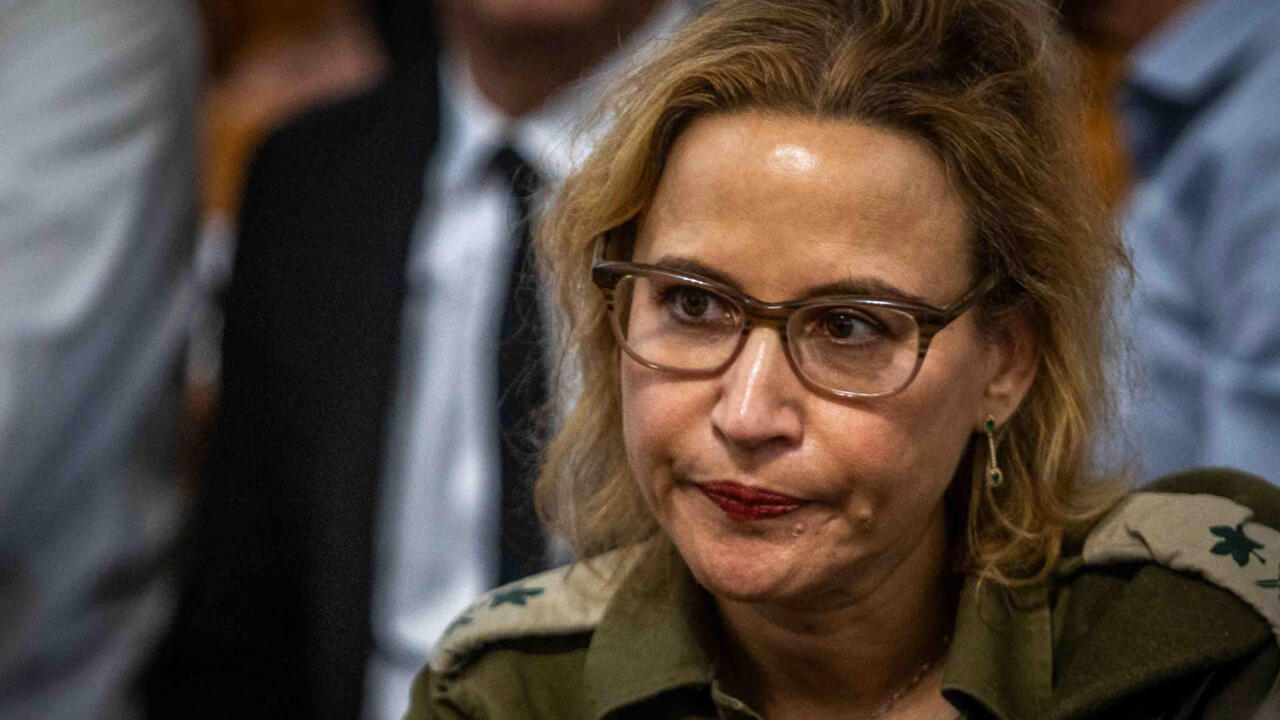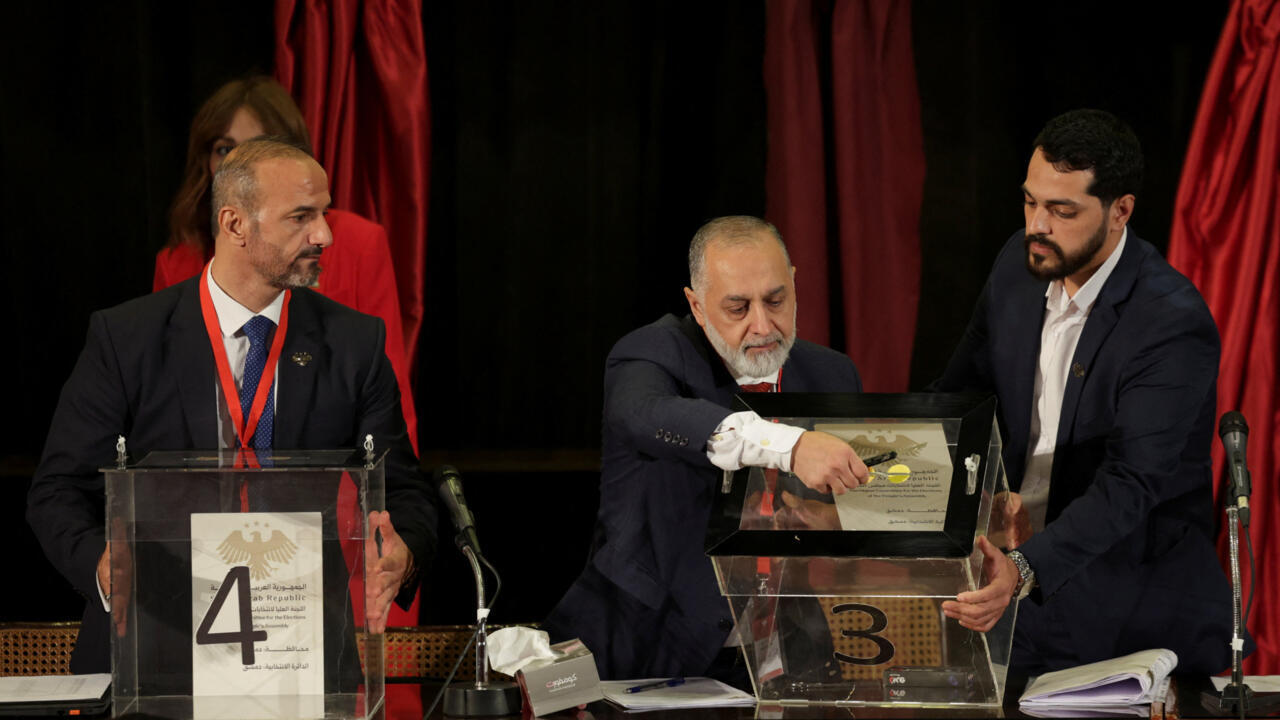New NATO member Sweden is boosting support to Ukraine, with a letter of intent signed this week on the sale of up to 150 Gripen fighter jets. Shortly after joining NATO in March 2024 and bringing an end to two centuries of military non-alignment, Sweden approved a €989 million military support package that included Archer self-propelled artillery systems and long-range drones.
Its latest contribution to the war effort is Glimt, an innovative project launched by the Swedish Defence Research Agency (FOI) earlier this year. Glimt is an open platform that relies on the theory of “crowd forecasting”: a method of making predictions based on surveying a large and diverse group of people and taking an average. "Glimt" is a Swedish word for "a glimpse" or "a sudden insight". The theory posits that the average of all collected predictions produces correct results with “uncanny accuracy”, according to the Glimt website. Such “collective intelligence” is used today for everything from election results to extreme weather events, Glimt said.
Between 2011 and 2015, the United States’ ACE (Aggregative Contingent Estimation) program of the Intelligence Advanced Research Projects Activity gathered 10,000 forecasters. Over the course of its existence, ACE collected millions of forecasts on geopolitical events.
“We used this method and research, and we suggested to the Ukrainians that it could improve their understanding of the world and its evolution,” said Ivar Ekman, an analyst for the Swedish Defence Research Agency and programme director for Glimt.
"If you have a large group of people, you can achieve great accuracy in assessing future events. Research has shown that professional analysts don’t necessarily have a better capacity in this domain than other people," Ekman said.
Read moreDrones, sabotage, surveillance: Moscow’s hybrid warfare takes to the high seas
Group forecasting allows for a broad collection of information while avoiding the cognitive bias that often characterises intelligence services. Each forecaster collects and analyses the available information differently to reach the most probable scenario and can add a short comment to explain their reasoning. The platform also encourages discussion between members so they can compare arguments and alter their positions.
Available in Swedish, French and English, the platform currently has 20,000 registered users; each question attracts an average of 500 forecasters. Their predictions are later sent to statistical algorithms that cross-reference data, particularly the relevance of the answers they provided. The most reliable users will have a stronger influence on the results; this reinforces the reliability of collective intelligence.
Will Zelensky meet Putin in 2025?
Glimt focuses on questions regarding the future of the war in Ukraine because they were all posed by the Ukrainian intelligence services: Will Zelensky and Putin meet in 2025? “There is a 10 percent chance,” forecasters responded. Will Tomahawk missiles be sent to Ukraine before February 1, 2026? “There is a 25 percent probability,” said Glimt.
Other questions involve the economic consequences of the war, the possibility of full Russian control of the Donetsk region by next summer or the outcome of the 2026 legislative elections in Hungary, a country led by Russian President Vladimir Putin's closest ally within the European Union, Viktor Orban.
“The questions generally cover a period ranging from a few weeks to a year. This data is therefore designed to be useful in Ukraine’s day-to-day existence,” said Ekman. “Beyond that, we don't know how Ukrainians make their decisions. It’s obviously a sensitive issue regarding the work of their government."
Read moreHow Russia is building airports to launch Iranian drones at Ukraine
Glimt reflects a renewed enthusiasm for predictive tools since Russia’s full-scale invasion of Ukraine, with wargaming on the rise – among military officers and civilians alike.
“By providing information on global trends, Glimt helps Ukraine adapt and reinforce its defence strategy, increasing its chances of success against Russian aggression,” Sweden's Defence Minister Pal Jonson said as the project was launched.
Glimt doesn’t claim to be a crystal ball; it’s simply one tool among many for forecasting Ukraine’s future. The nation continues to face uncertainty amid the war and the numerous reversals of US President Donald Trump.
The US president has recently hardened his tone toward Putin, announcing new sanctions this week on Russia’s two largest oil companies. But there is little hope for a quick end to the war.
“Not before 2026,” said 91 percent of Glimt’s forecasters.
This article has been translated from the original in French.











 English (US) ·
English (US) ·